Hall Current 19 Click
R645.00 ex. VAT
Hall Current 19 Click is a compact add-on board designed for precise current sensing in various applications. This board features the CZ3AG2, a coreless current sensor from AKM Semiconductor. The CZ3AG2 offers high-accuracy and high-speed current sensing using Hall sensor technology, with features like stray magnetic field reduction and dual overcurrent detection. This Click board™ supports a wide current range from 7A to 17.5A and operates with both 3.3V and 5V logic levels. Ideal for industrial AC drives, servo motors, UPS systems, inverters, and power conditioners, Hall Current 19 Click ensures reliable performance and protection.
Hall Current 19 Click is fully compatible with the mikroBUS™ socket and can be used on any host system supporting the mikroBUS™ standard. It comes with the mikroSDK open-source libraries, offering unparalleled flexibility for evaluation and customization. What sets this Click board™ apart is the groundbreaking ClickID feature, enabling your host system to seamlessly and automatically detect and identify this add-on board.
Stock: Lead-time applicable.
| 5+ | R612.75 |
| 10+ | R580.50 |
| 15+ | R548.25 |
| 20+ | R527.61 |

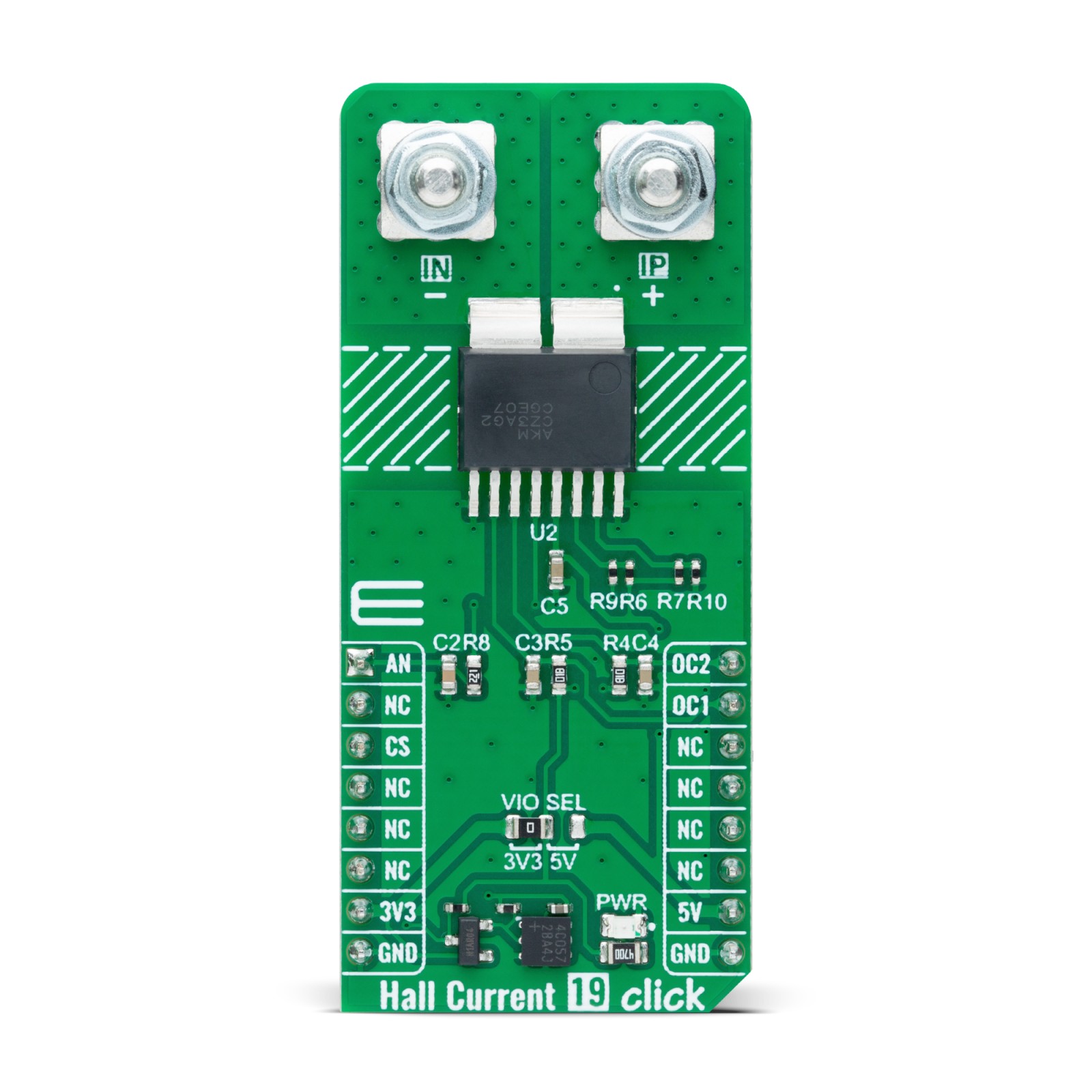
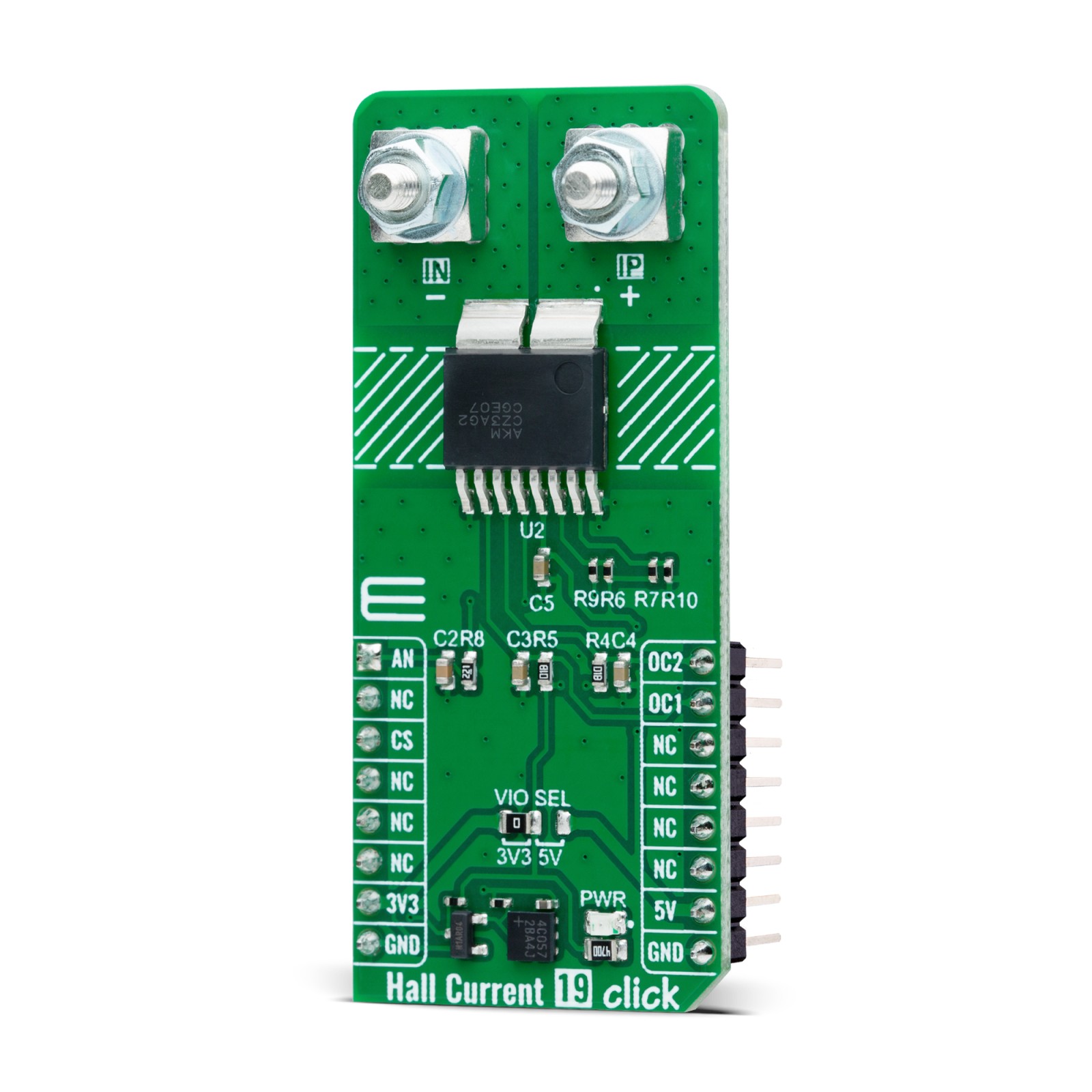
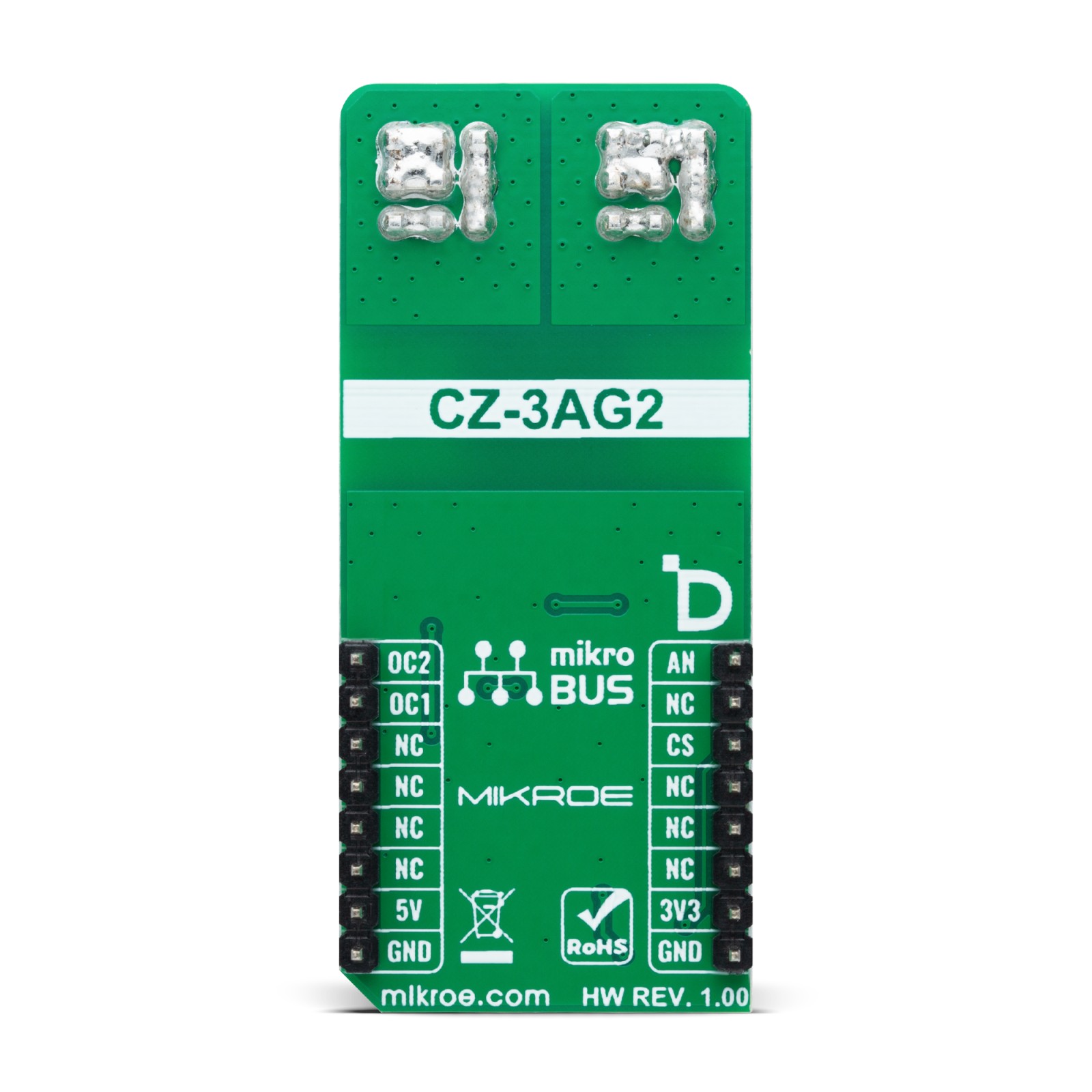
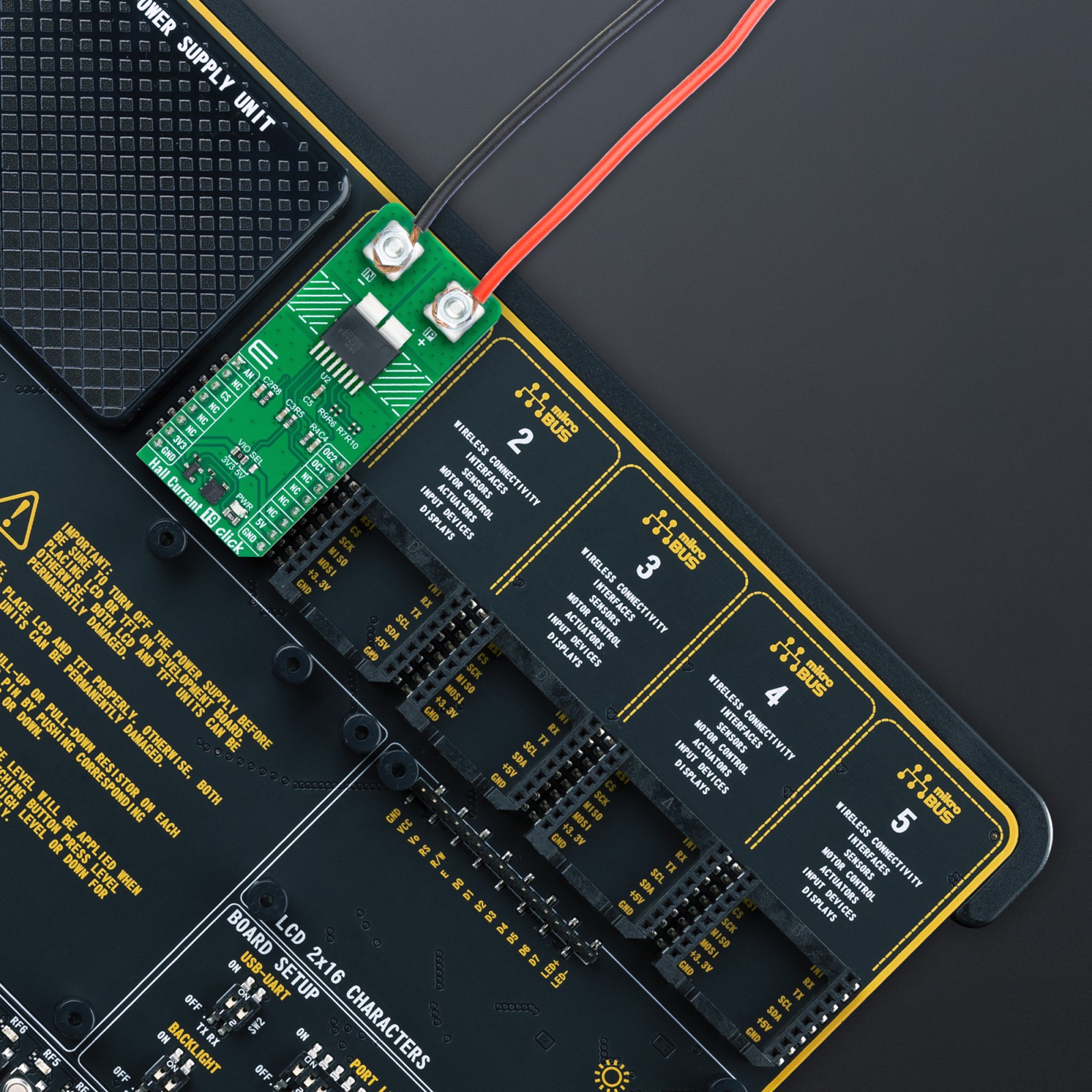
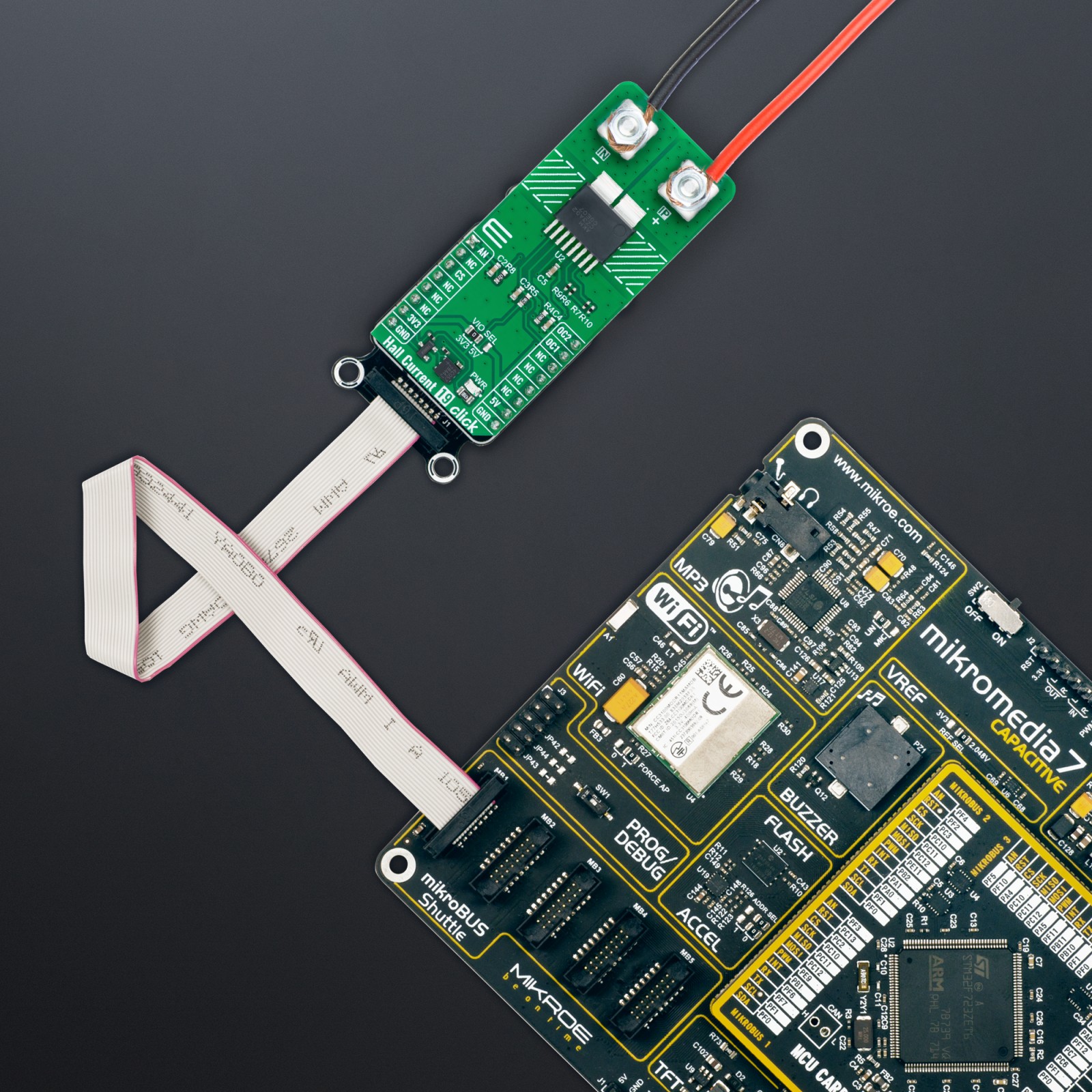
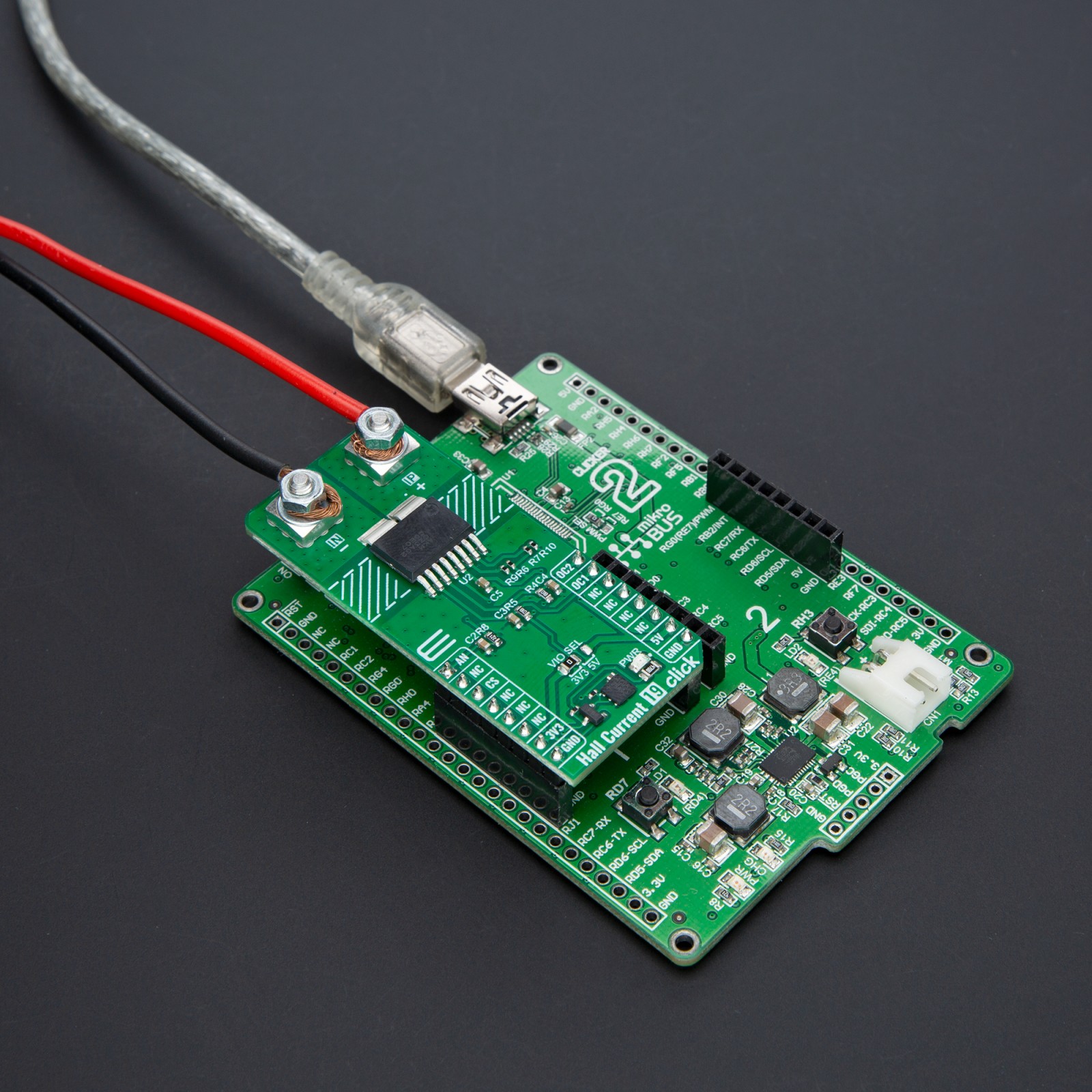
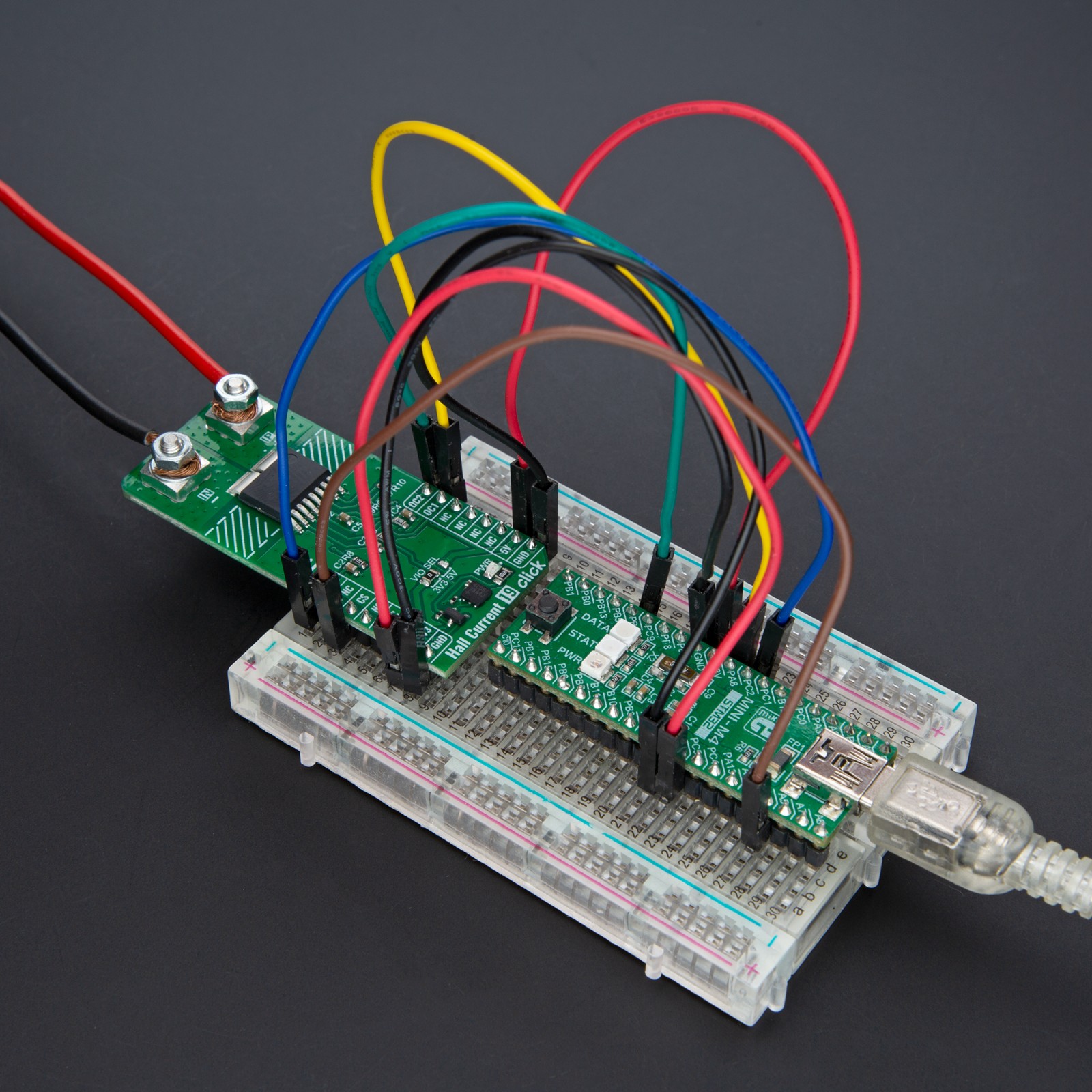
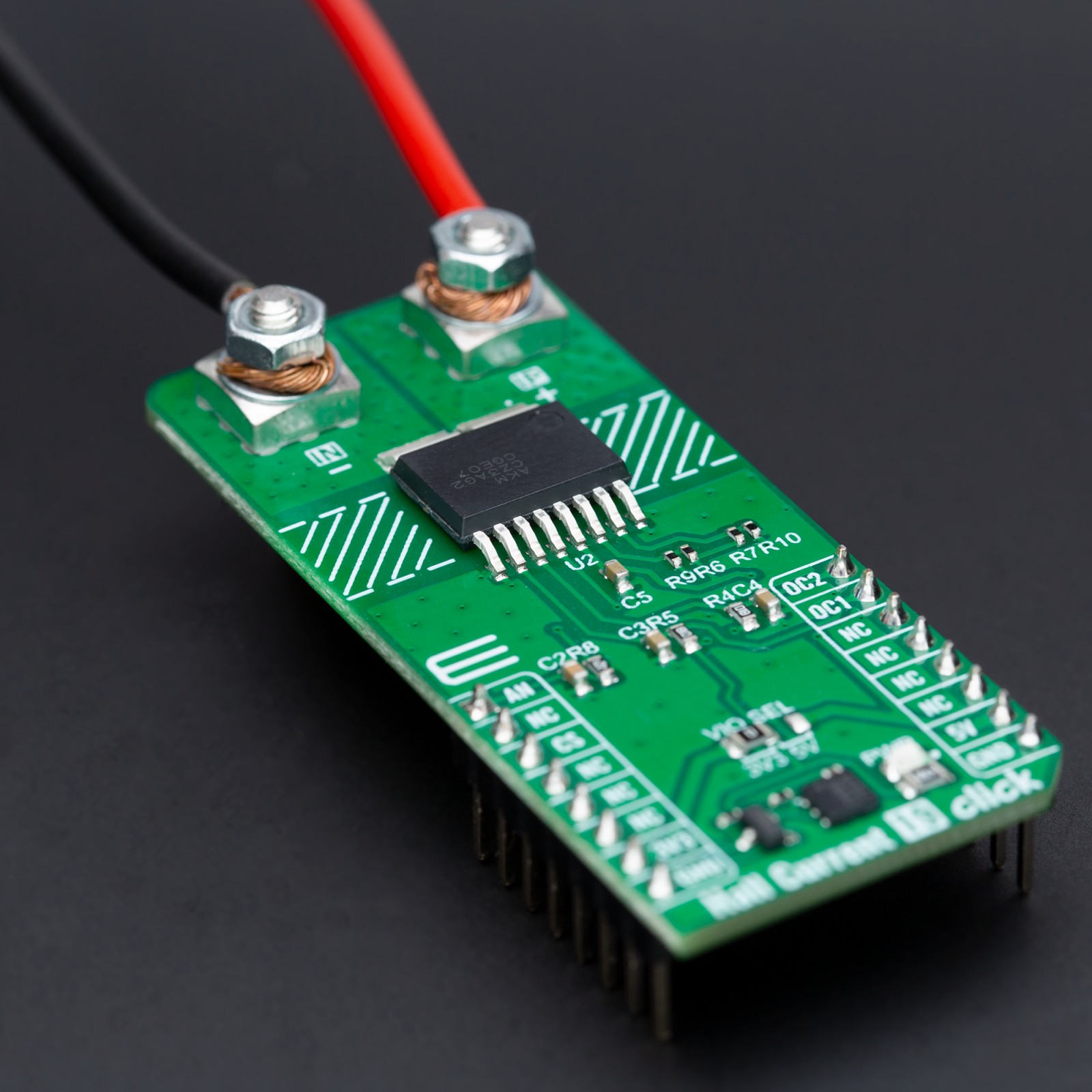

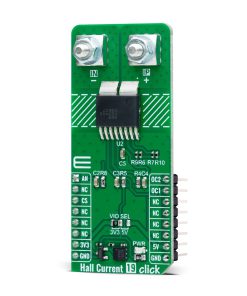
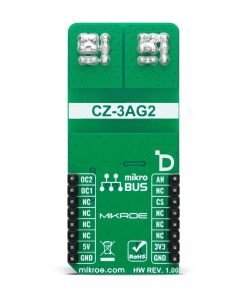
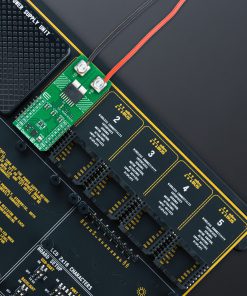
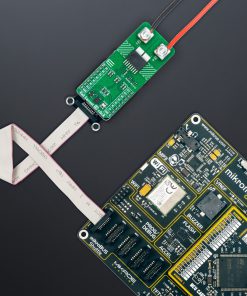
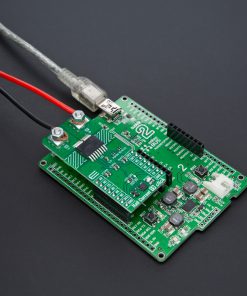
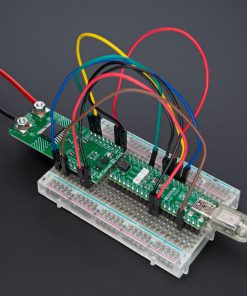
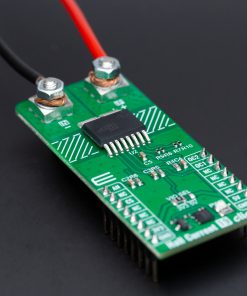
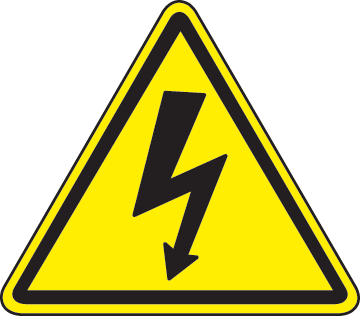 DO NOT TOUCH THE BOARD WHILE THE LOAD IS CONNECTED!
DO NOT TOUCH THE BOARD WHILE THE LOAD IS CONNECTED!








